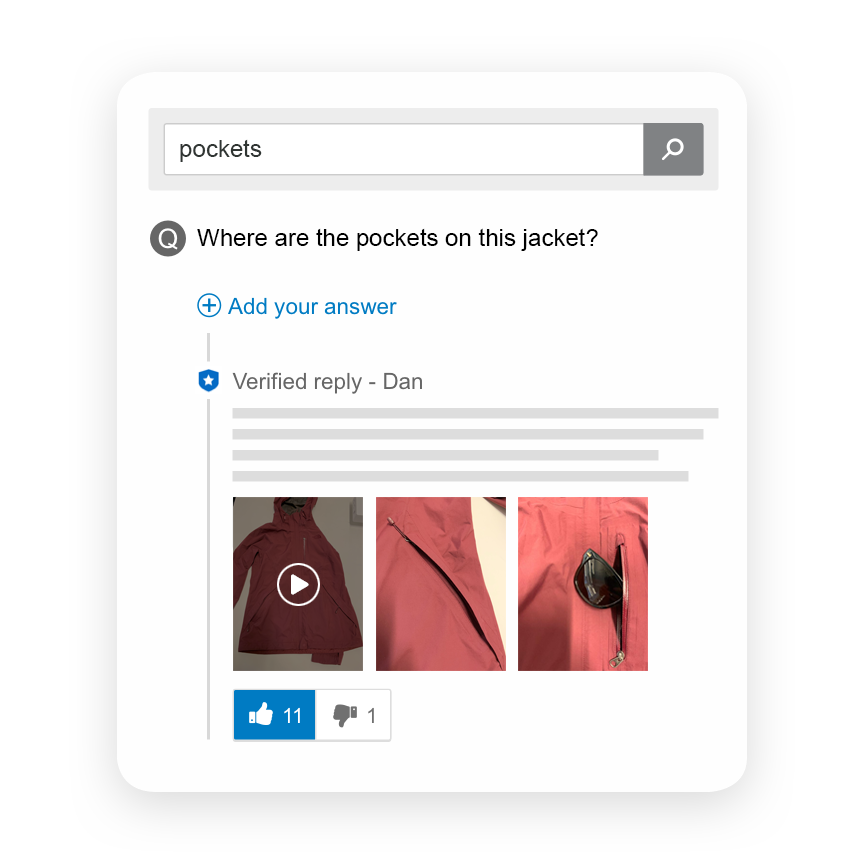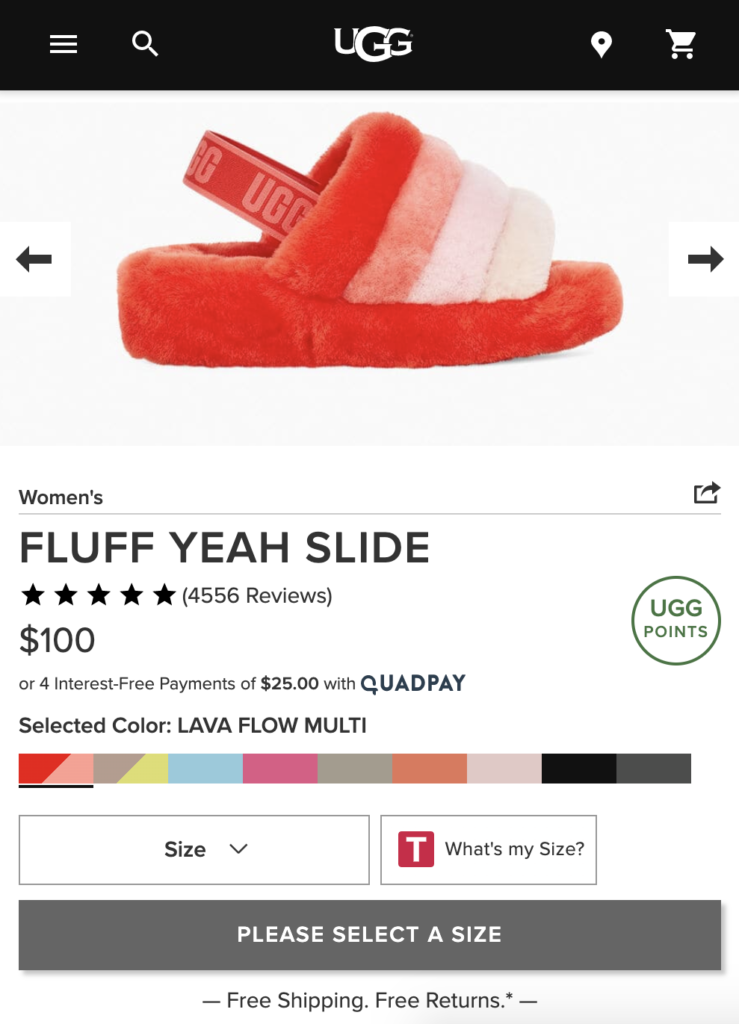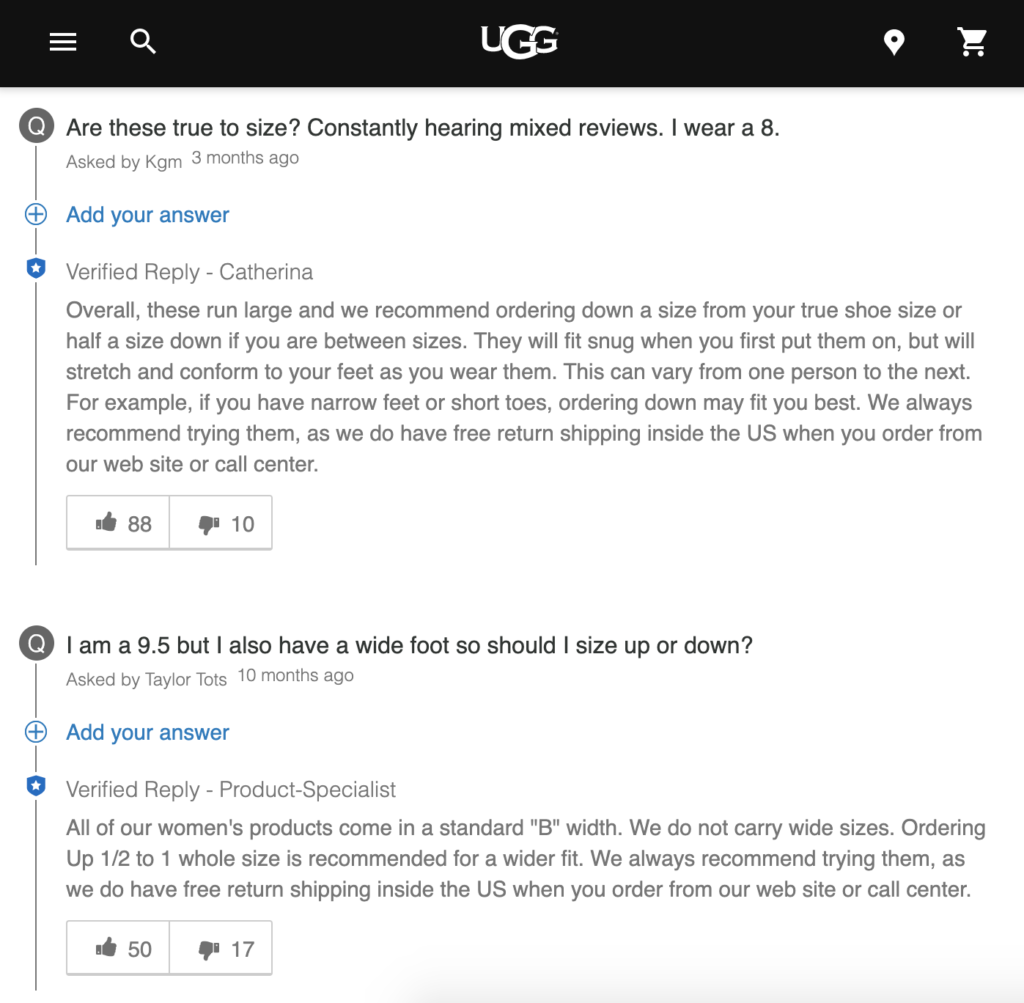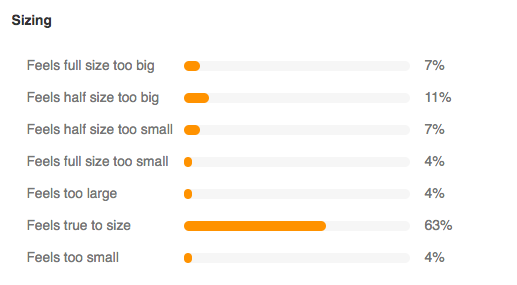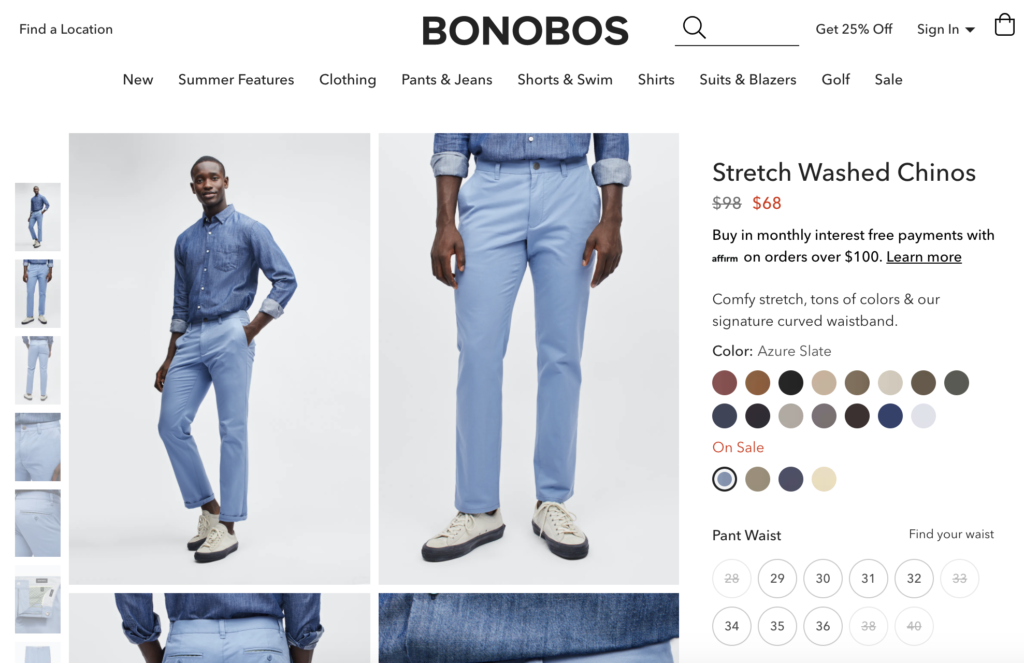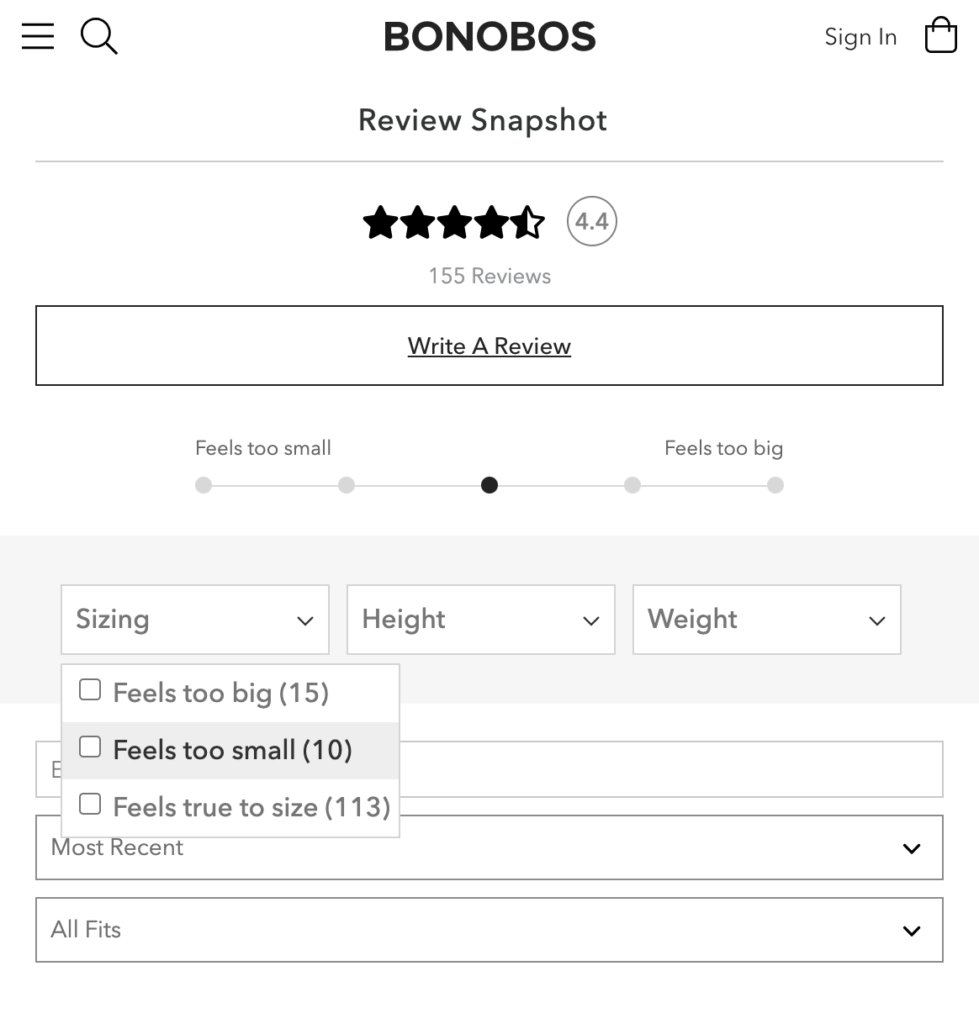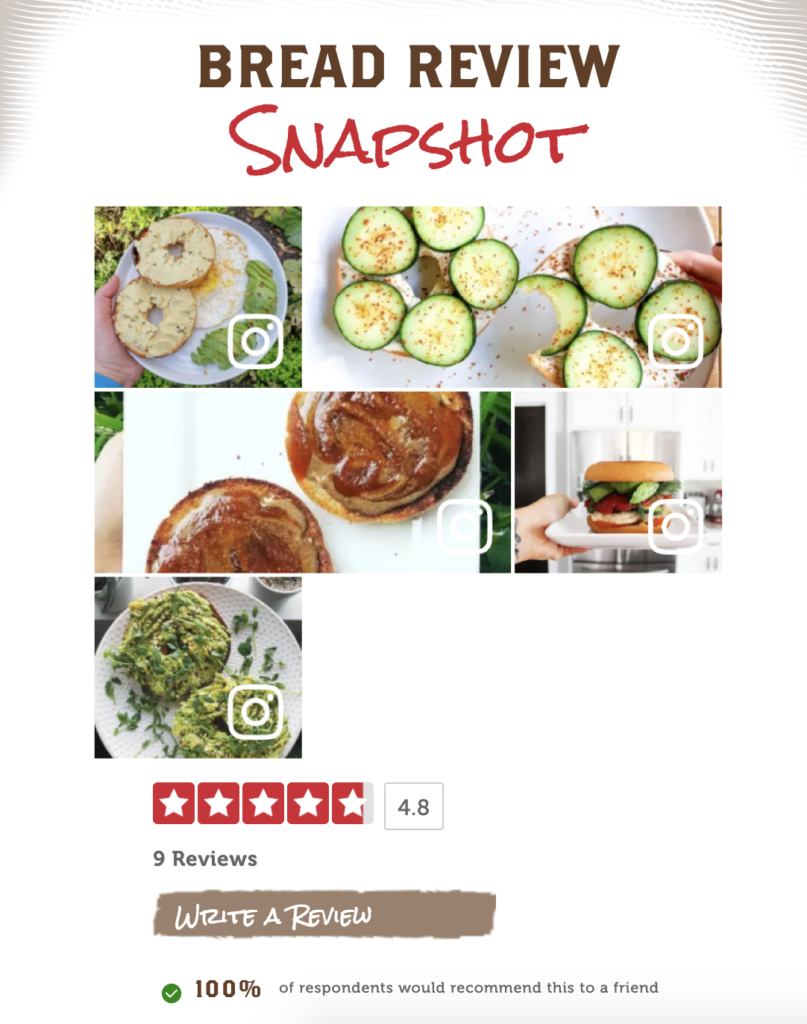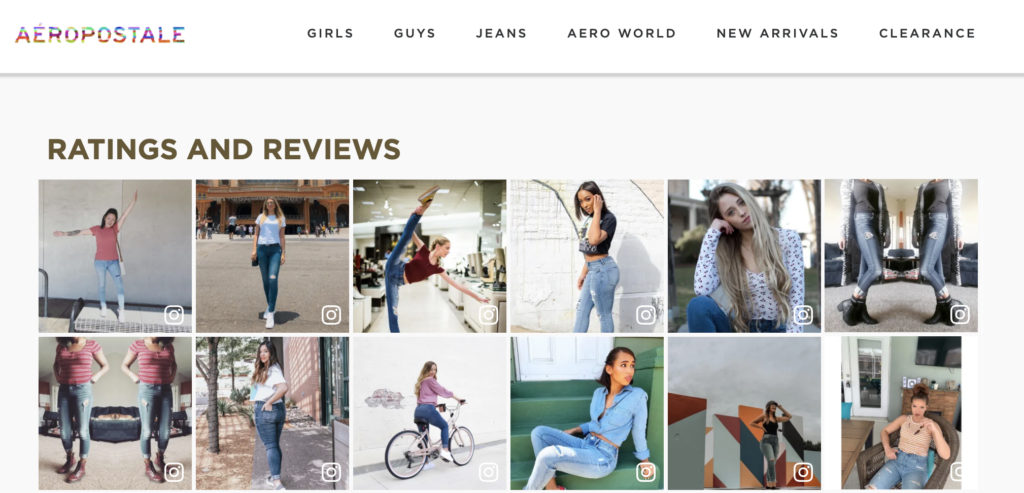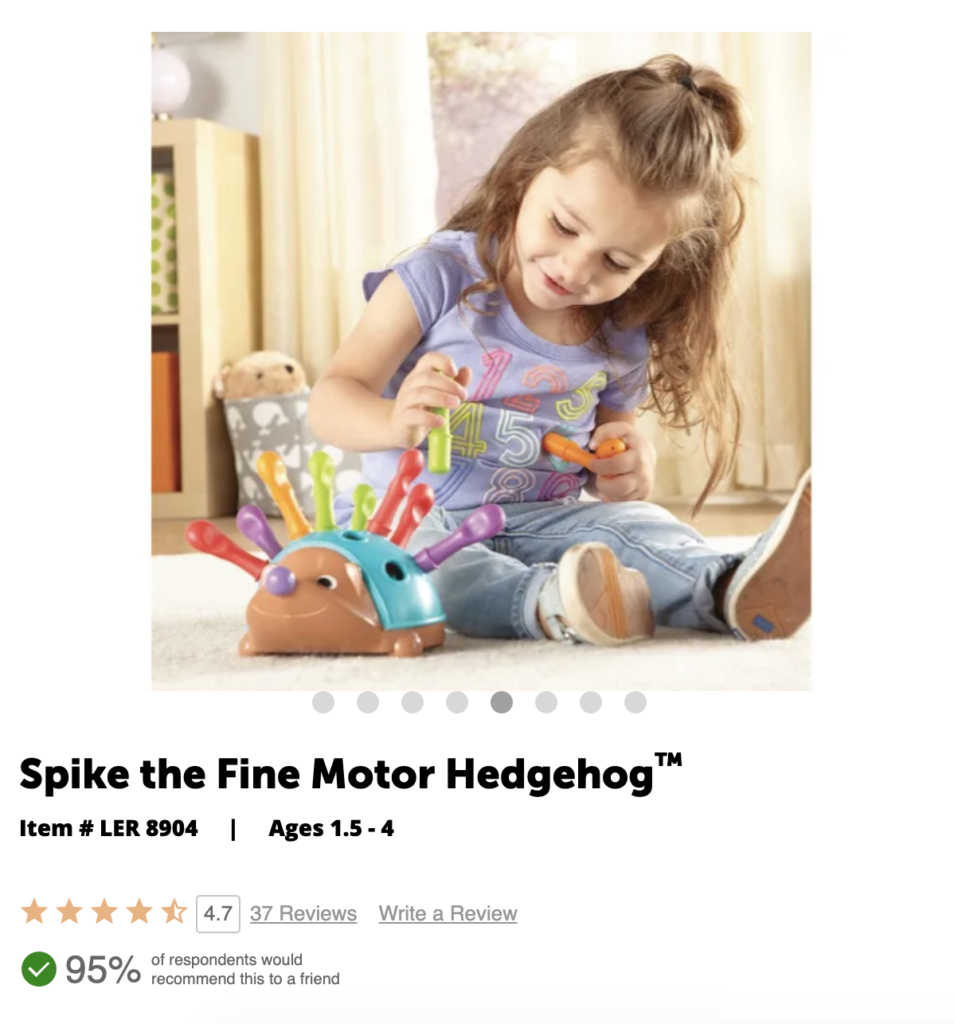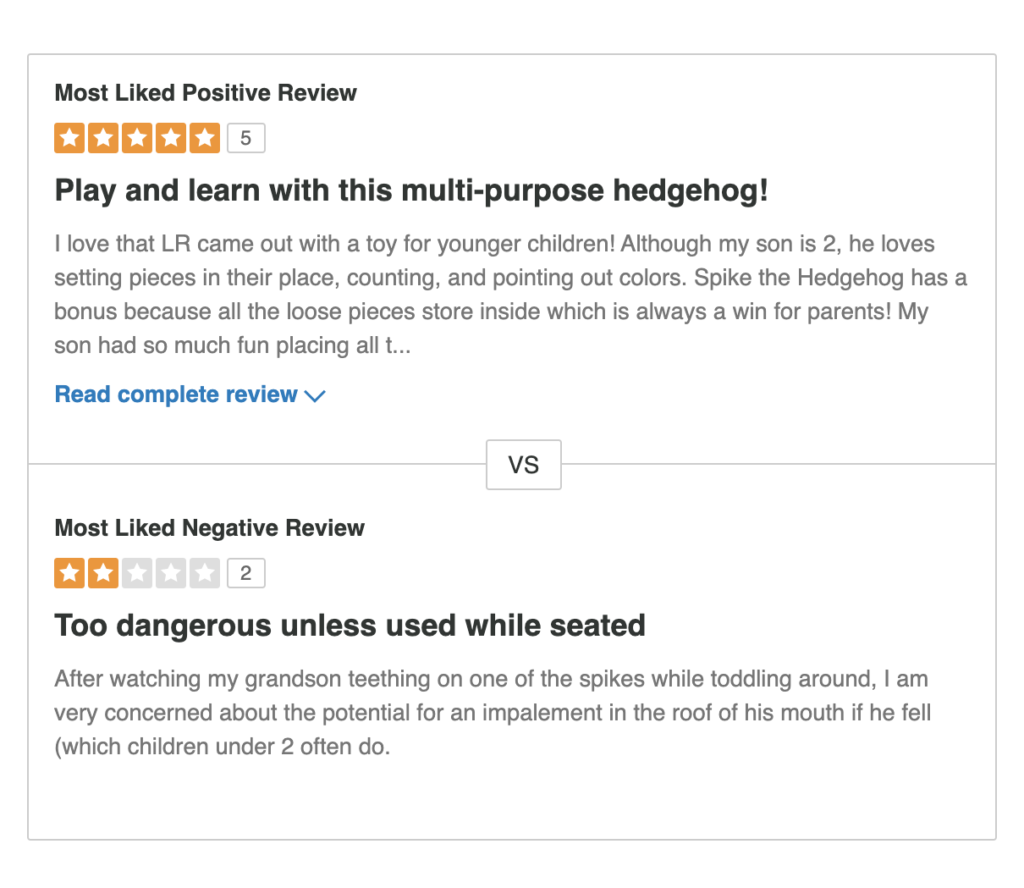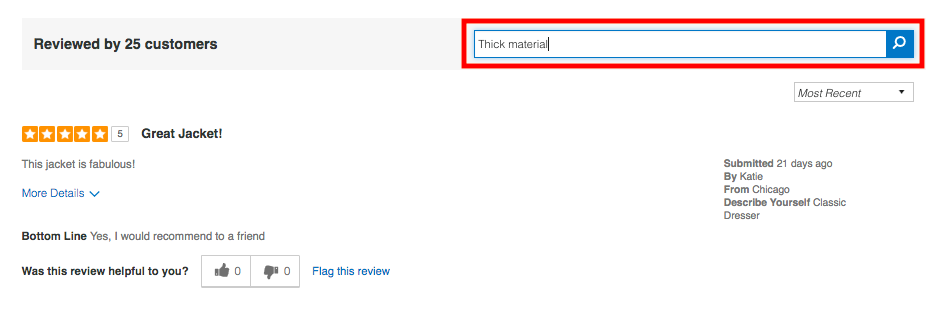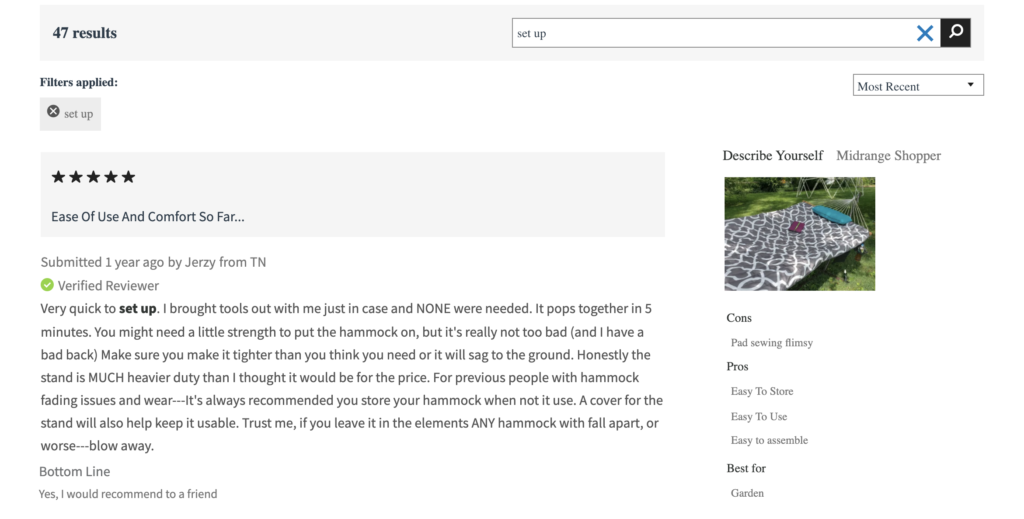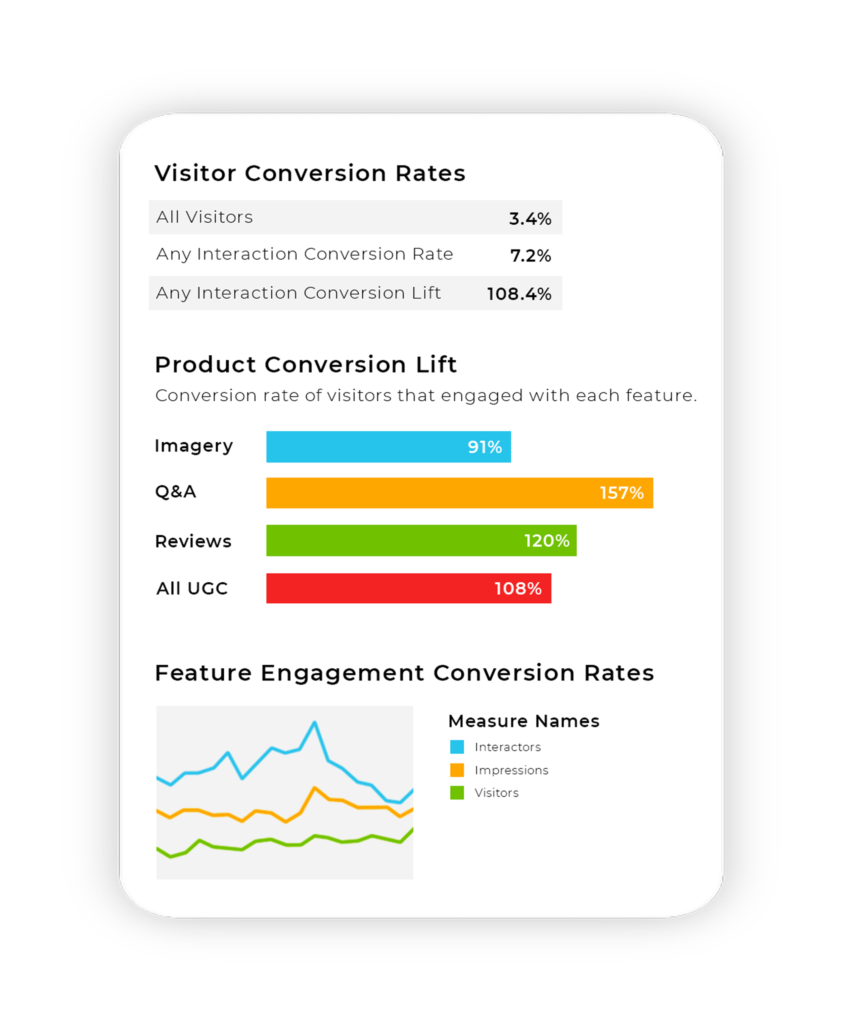Reinventing the Store Experience
A practical nine point guide for reopening your retail locations in the midst of the COVID-19 pandemic
The store experience needs to evolve
The COVID-19 pandemic has had a profound impact on all facets of daily life. Of course, that includes the way we shop with consumers shifting online at an unprecedented rate.
But – as the pandemic has worn on – many consumers have become increasingly eager to get back to stores. However, their preferences and expectations have changed considerably in the last six months. Retailers must adapt accordingly.


Download our Guide to learn:
- Why the store channel still has a very bright future
- Data-backed guidance from our consumer survey on what actions you should be taking to make customers more comfortable
- Nine key store reopening considerations to set your retail operations network up for success




